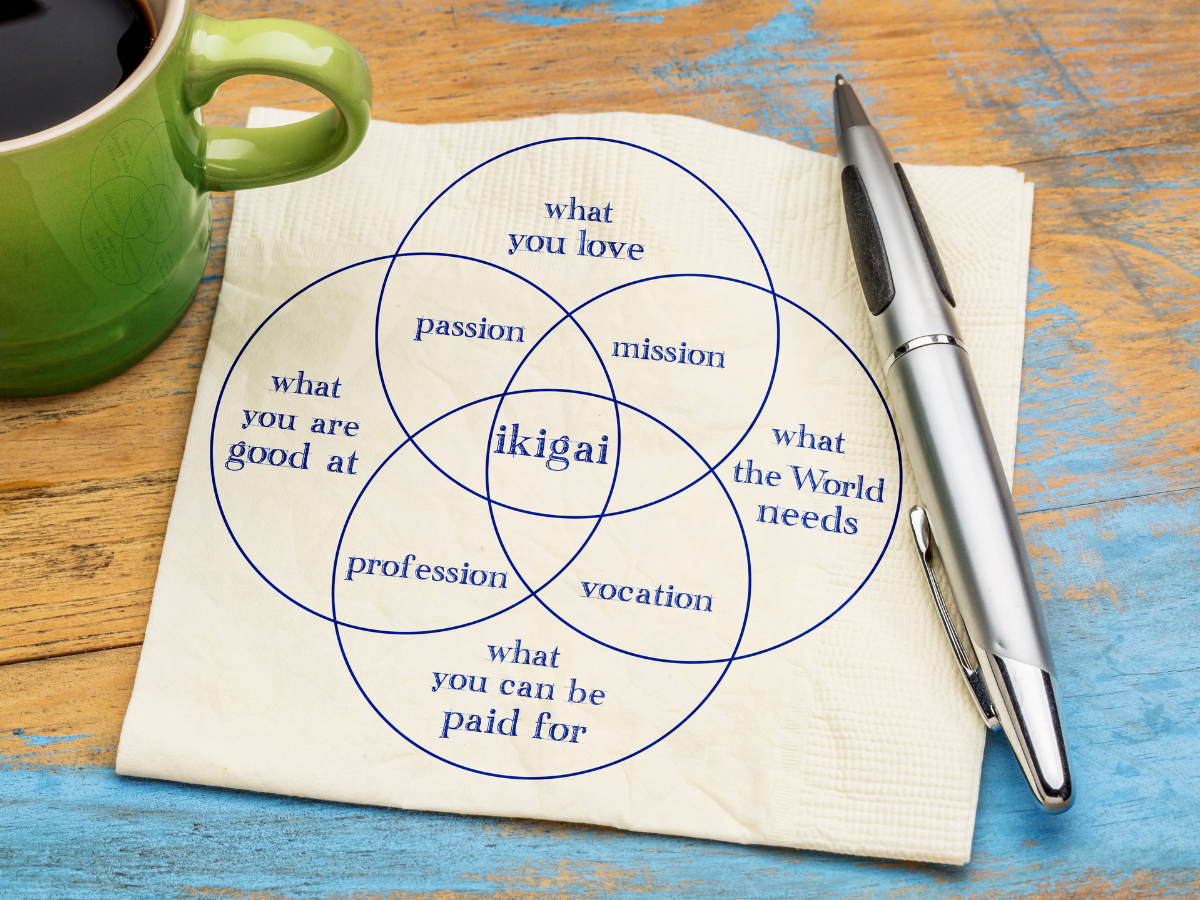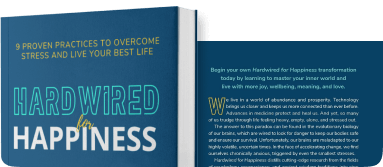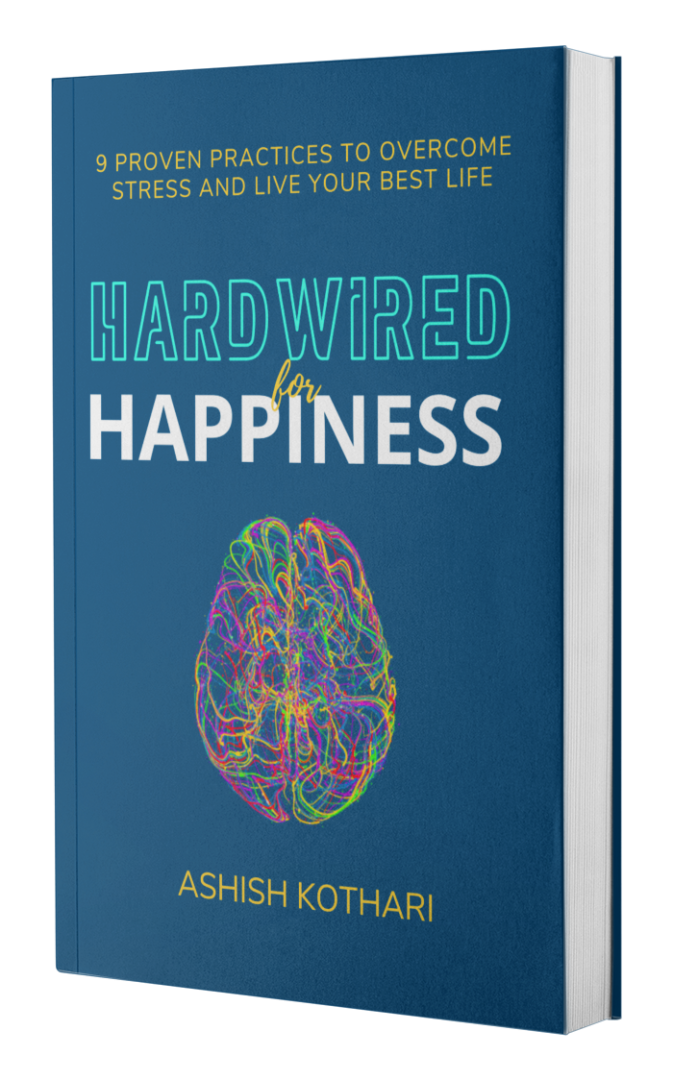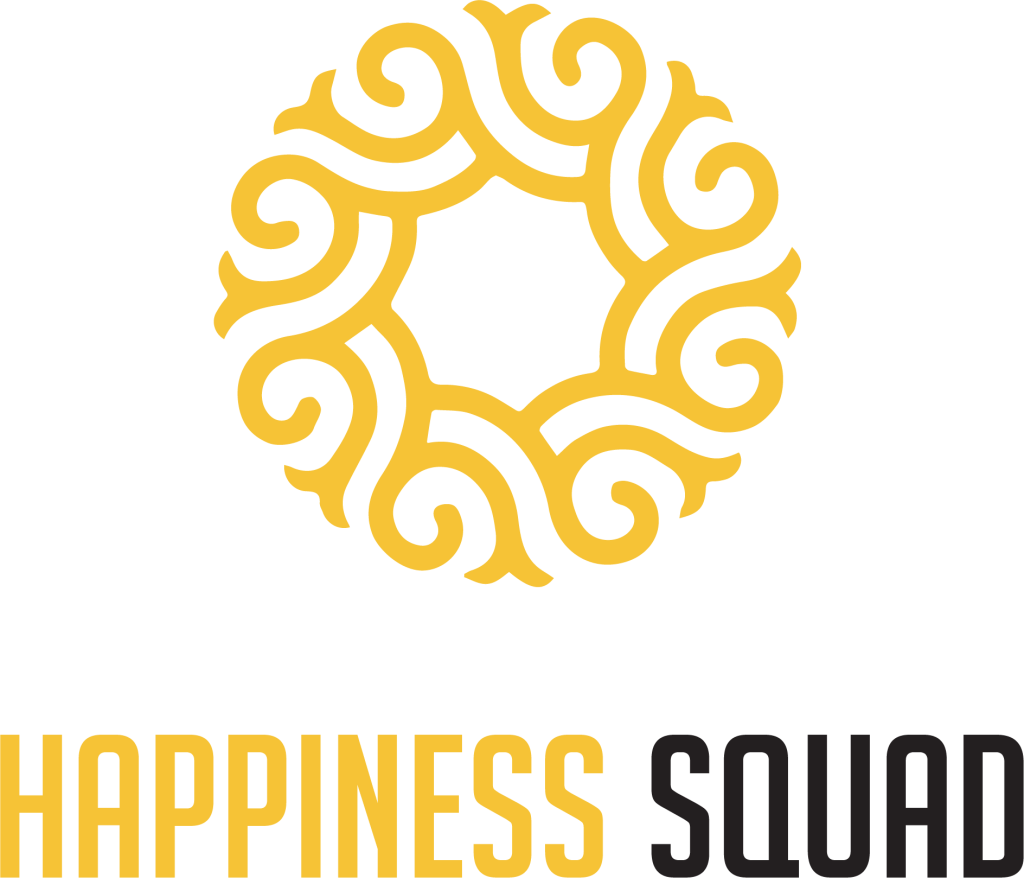The Approaches to Work-life Integration with Ashish Kothari and Scott Shute

Balancing our career and personal life is nearly impossible. We all know that sometimes one will always demand more than the other. If you constantly switch gears between ‘work mode’ and ‘home mode,’ you might fall off balance and burn out. What if there’s a way to make it all work together instead of keeping them apart? That’s the beauty of work-life integration.
In this article, Ashish Kothari and Scott Shute, Founder of Changing Work, discuss powerful approaches to work-life integration.
“We are hardwired for fear. We are hardwired for scarcity. That’s how we are and how we have evolved over millions of years. But it comes back to two things: to make a choice and do something different. So mindfulness and pausing can make a big difference.”
– Ashish Kothari
Our world of work has undergone drastic changes over the years. The digital age has fueled this change, and suddenly, we can work from anywhere. As Scott Shute puts it, not only are we working at home, but we’re sleeping at work.
Nowadays, we often hear the terms work-life balance and work-life integration, but do we know the difference between the two? Although these words are commonly used interchangeably, they have very different meanings.
Work-life balance vs. Work-life integration
On the one hand, work-life balance emphasizes drawing a clear boundary between work and life. The goal is to divide our time equally between work and life and try not to let one dominate over the other.
On the other hand, work-life integration is all about blending our work and personal lives. This approach means that work and life are not entirely separate and can coexist harmoniously as long as we have the flexibility to combine our responsibilities.
However, Scott has a different perspective: work-life integration is about our attitude toward work. We often view work as a dreadful part of our lives. You’ll notice this attitude when you think about how you feel about Mondays versus how you feel about Fridays.

Work-life integration challenges the notion that work is a burden and redefines it as a source of fulfillment. Ashish says that if work is a source of joy, you don’t retire from it. You do it because it’s the bigger “why” that drives you. Scott adds that if work is done right, it can have the same level of joy, beauty, and creativity that the rest of our life has.
“Seeing work as an opportunity, not assuming it’s bad, that’s what I mean by work-life integration. It can be amazing, and when it’s done right, it can be a source of healing, inspiration, and joy.”
– Scott Shute
The importance of finding purpose and meaning at work
Historically, workplaces didn’t consider individual employee happiness or fulfillment. Workers were often seen as cogs in a machine, especially during the industrial times when people were treated like interchangeable parts.
Nowadays, most companies in the digital age realize that their employees are the most important and valuable resource that they have. Good leaders now focus on improving the workplace by helping employees find a personal sense of purpose in their jobs.
“If we think of meaning and purpose as a core leadership muscle, if you’re able to create more meaning for every person who works at your organization, you get their heart and mind, not just arms and legs. There’s a massive productivity boost.”
– Ashish Kothari
People value meaningful work, and organizations can influence that. Scott mentioned that nine out of ten workers say they would take a job for less money if it meant more meaning in their work. When work aligns with what you care about personally, it makes you more motivated and productive.
How to approach work-life integration
We all aspire to have a fulfilling and productive career, but how can we actually make it a reality? Here, Scott shares some practical steps that you can implement for integrating work and personal life.
- Find your ikigai
Ikigai is a Japanese concept that helps you find your “Purpose of life” by considering what you love, what you’re good at, what the world needs, and what you can be paid for. This approach helps you align your career path with your values and passions.

- Identify and live by your values.
Understanding your core values can help you make more fulfilling personal and professional decisions. Reflect on what excites or upsets you; these emotions can reveal what you value most.
It’s important to know that work-life integration goes beyond the individual level. Organizations play a massive part in influencing this effort as well.
Conclusion
For work-life integration to take effect, we need to do more than talk about creating meaningful work, cultivating mindfulness and well-being practices, and practicing compassion. We need actually to bring these values to life! The organization’s policies must support these values, especially during hard times.
Fortunately, many companies are now taking the initiative. Scott talks about how LinkedIn programs that focus on mindfulness, compassion, and well-being helped employees feel better and work better. But, he stresses that for these benefits to take root and make a difference, they must be backed up by the company’s overall practices.
“Talking about well-being, if we don’t fundamentally change at the organization level, job design at the job level, and the team constructs, and how managers are leading and role modeling and supporting, it just becomes a story. It doesn’t get into practice.”
– Ashish Kothari
For a company to be genuinely better for everyone—including employees, customers, and even the company’s bottom line—it needs to make deep and lasting changes that support work-life integration at all levels, not just in what it says but also in what it actually does.
Balancing our career and personal life is nearly impossible. But there’s a way to make it all work together instead of keeping them apart. In this article, Ashish Kothari and Scott Shute, Founder of Changing Work, break down the powerful approaches to work-life integration.
Learn more about Scott at his LinkedIn.
Listen to the podcast with Ashish and Scott below.
Access and subscribe to all of the episodes of the Flourishing Edge Podcast here.
Visit the REWIRE Program powered up by the HAPPINESS SQUAD Community and experience your shift within your 30-day risk-free trial today. Cultivate your Self-Awareness, Gratitude, Purpose, Community, and personal growth more through the 9 Hardwired for Happiness practices. Integrate simple and proven micro-practices grounded in the science of happiness and neuroscience of habit formation in 5 minutes a day.
Make Flourishing Your Competitive Edge.


